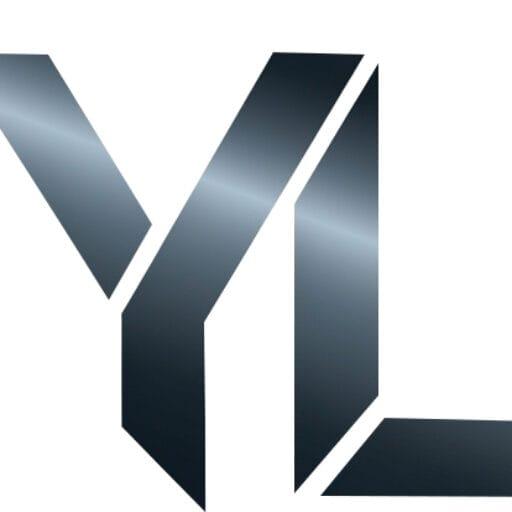Material lines on 7075 aluminum after CNC machining and anodizing are most often caused by alloy segregation within the raw material itself. 7075 is a high-strength alloy containing zinc, magnesium, and copper. During the aluminum’s manufacturing, these elements can distribute unevenly on a microscopic level.
While invisible on raw or machined aluminum, the anodizing process electrochemically alters the surface. Areas with different alloy concentrations react differently to the anodizing bath, causing these inconsistencies to become visible as faint lines, streaks, or color variations. While aggressive CNC tool paths can leave marks, the root cause is typically the material’s inherent composition, which the finishing process merely reveals.
Analysis: Pros and Cons of Using 7075 Aluminum
- Pros: Offers an exceptional strength-to-weight ratio, comparable to many steels, making it ideal for high-stress aerospace and performance applications. It possesses excellent fatigue strength.
- Cons: Due to its copper content, it has lower corrosion resistance than other aluminum series. It is also more prone to cosmetic finishing issues like the material lines discussed, which can increase scrap rates for appearance-critical parts.
How We Do It & Expected Results
Our Process: We began by identifying the core technical issue: surface defects on 7075 aluminum post-CNC machining and anodizing. Our experts analyzed the material’s metallurgy to pinpoint alloy segregation as the primary cause. We then crafted a concise explanation, distinguishing it from process-related flaws, and structured it within a professional Q&A format.
Expected Results: This clear explanation empowers you to diagnose surface finish problems accurately. You can better communicate with material suppliers and anodizing partners to find solutions, such as sourcing “anodizing quality” 7075 stock or adjusting finishing parameters, ultimately improving your final product’s quality and consistency.
